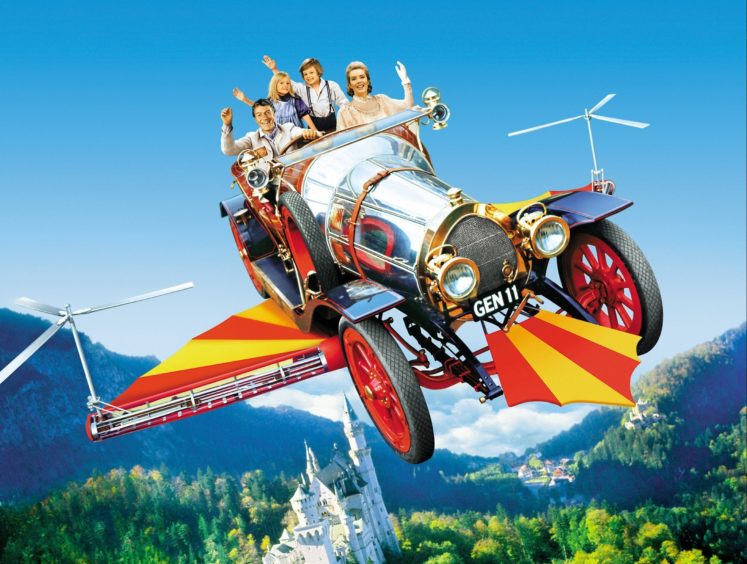
Flying cars similar to those depicted in The Jetsons cartoon could be the future for longer journeys, a study has found.
In the 1960s sci-fi animation, the Jetsons and their neighbours routinely zoom about in family-sized airborne vehicles.
Several aerospace companies, including Airbus and Boeing, as well as the US space agency Nasa, are now working towards making flying cars a reality.
The VTOL (vertical take-off and landing) prototypes are driven by small and efficient electric propulsion units.
Now researchers have investigated how practical electric flying cars would be in terms of energy consumption and greenhouse gas emissions.
They conclude that for trips longer than 35 kilometres (22 miles), flying cars would out-perform their road vehicle counterparts.
Senior scientist Dr Gregory Keoleian, director of the Centre for Sustainable Systems at the University of Michigan, US, said: “To me, it was very surprising to see that VTOLs were competitive with regard to energy use and greenhouse gas emissions in certain scenarios.
“VTOLs with full occupancy could outperform ground-based cars for trips from San Francisco to San Jose or from Detroit to Cleveland, for example.”
Dr Keoleian’s team used computer simulations to compare the efficiency of conventional internal combustion engine vehicles (ICEVs), battery-driven electric vehicles (BEVs), and VTOL flying vehicles.
Although an electric flying car would produce no greenhouse emissions during flight, its batteries would require electricity generated at a power plant.
Taking this into account, the study showed that for trips of 100 kilometres (62 miles), a flying car carrying a pilot and three passengers was greener than a road car.
Emissions linked to the flying car were 52% lower than those for ICEVs and 6% less than for BEVs.
The scientists analysed the five phases of VTOL flight – take-off hover, climb, cruise, descent and landing hover.
They found that the craft used a lot of energy during take-off and climb but relatively little as they cruised at 150mph.
As a result, they were most efficient on long trips dominated by cruising flight.
For shorter trips – anything less than 35 kilometres (22 miles) – single occupant ICEV vehicles outperformed flying cars.
That is an important consideration since the average commute by car in the US is only about 17 kilometres (11 miles), said the researchers.
Co-author Jim Gawron, also from the University of Michigan, said: “The trips where VTOLs are more sustainable than gasoline cars only make up a small fraction of total annual vehicle-miles travelled on the ground.
“Consequently, VTOLs will be limited in their contribution and role in a sustainable mobility system.”
However, flying cars used as part of a ride-share taxi service could be valuable in congested cities and for longer journeys, said the authors writing in the journal Nature Communications.
Recommended for you
